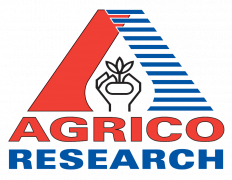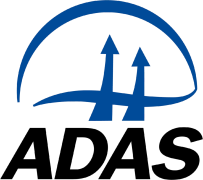Abstract
Potato is one of the key food crops and China is the largest potato producer in the world. Taking into account the combined effects of irrigation and nitrogen fertilization with effective accumulated temperature, it becomes essential to optimize the levels of irrigation and nitrogen application for agricultural production. The objective of this study is to examine the prediction model for the growth dynamics of potato leaf area index (LAI) and biomass. We aim to analyze the characteristic parameters of these variables under various water and nitrogen regulations. The analysis will be based on effective accumulated temperature. In the field experiment, different irrigation quota and nitrogen application rates were set, designated as W and N respectively. The LAI, biomass, and yield quality indicators of potatoes were measured, and the dynamic equations of potato LAI and biomass based on effective accumulated temperature under different conditions of water and nitrogen regulation were fitted using a logistic model. The results indicated that the LAI and biomass of potato followed a unidirectional incremental pattern in response to effective accumulated temperature, represented by an S-shaped curve. The dynamic change process showed a slow-fast-slow trend. In the W3N2 (2100 m3 ha–1, 190 kg ha–1) treatment, the highest LAI value for potato was observed at 1700 °C d. Excessive water and nitrogen could increase the demand for effective standing temperature in potato biomass. The treatment with 2100 m3 ha−1 water and 110 kg ha–1 nitrogen resulted in the highest average total yield of 54.09 t ha–1 and commercial potato yield of 48.16 t ha–1. The logistic model was employed for both calibration and validation purposes. The correlation coefficients (R2) between the measured and simulated values, under moderate water and nitrogen conditions, exceeded 0.95. The study concluded that the logistic model effectively simulated the dynamic growth of potato under the regulation of effective accumulated temperature, water, and nitrogen. This model provides a theoretical basis for quantitatively simulating the growth and development dynamics of potato in the dry zone of Ningxia.















